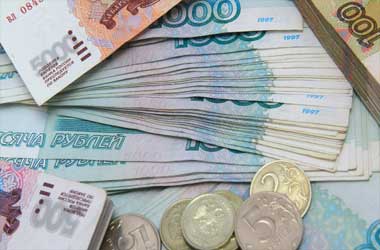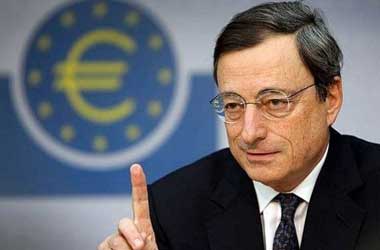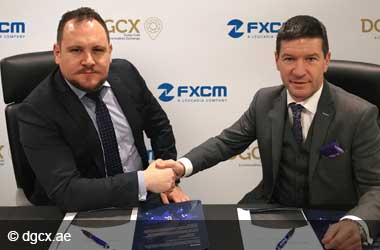 The Russian ruble rose to a 16-month high in the final week of October, trading at 70 per USD, after Russia’s central bank hiked its main policy rate by 75 basis points (bps) to 7.5 percent, the most since June 2019, and paved way for additional hikes.
The Russian ruble rose to a 16-month high in the final week of October, trading at 70 per USD, after Russia’s central bank hiked its main policy rate by 75 basis points (bps) to 7.5 percent, the most since June 2019, and paved way for additional hikes.
Since the last week of August, the ruble has been increasing in tandem with other commodity-linked currencies like the Canadian and Australian dollars, as oil prices have reached their peak levels in several years. On constrained supply, Brent crude oil, a worldwide benchmark for Russia’s major export, has gradually risen in the last two months to hit three-year highs of $86 per barrel.
Retail sales in Russia increased 5.6 percent year on year in September 2021, up from 5.3 percent the previous month and above market estimates of a 3.8 percent growth. Retail sales fell 1.5 percent on a monthly basis, after a 3.4 percent increase in August.
Russia’s unemployment rate fell to 4.3 percent in September 2021, from 4.4 percent the previous month, and was lower than market expectations of 4.5 percent. It was the lowest rate since August 2019, as the number of jobless decreased by 84 thousand from the previous month to 3.272 million, while those officially classified as unemployed fell by 114 thousand to 1.112 million.
In September 2021, industrial output in Russia increased 6.8 percent year on year, up from 4.6 percent the previous month and above market estimates of a 4.6 percent growth. It was the seventh consecutive month of growth in industrial activity, boosted by raw material extraction (9.5 percent vs. 6.6 percent in August), manufacturing (4.6 percent vs. 2.9 percent), electricity and gas production and distribution (9.1 percent vs. 6.78 percent), and water and sewage distribution (9.1 percent vs. 6.78 percent) (10.7 percent vs 12.7 percent).
Monthly industrial production increased by 3.5 percent, after a 1.1 percent growth that was downwardly corrected. Nevertheless, not every economic data was encouraging. Russia’s GDP increased by 3.4 percent year on year in September 2021, down from 3.7 percent the previous month. It was the worst rate of GDP growth since March, as production for building slowed (0.1 percent vs 6.2 percent).
Meanwhile, industrial output increased quicker (6.8 percent vs. 4.6 percent) and retail sales increased faster (5.6 percent vs. 5.3 percent). According to the economics ministry, the economy increased 4.6 percent in the first nine months of 2021 and was up 4 percent year on year in the third quarter alone.
In addition, real salaries in Russia climbed 1.5 percent year on year in August 2021, down from 2.2 percent in July and falling short of market estimates of 3.5 percent. It was the smallest pay increase since January, with average nominal salaries rising 8.3 percent to RUB 52,355, while inflation rose 7.4 percent.




